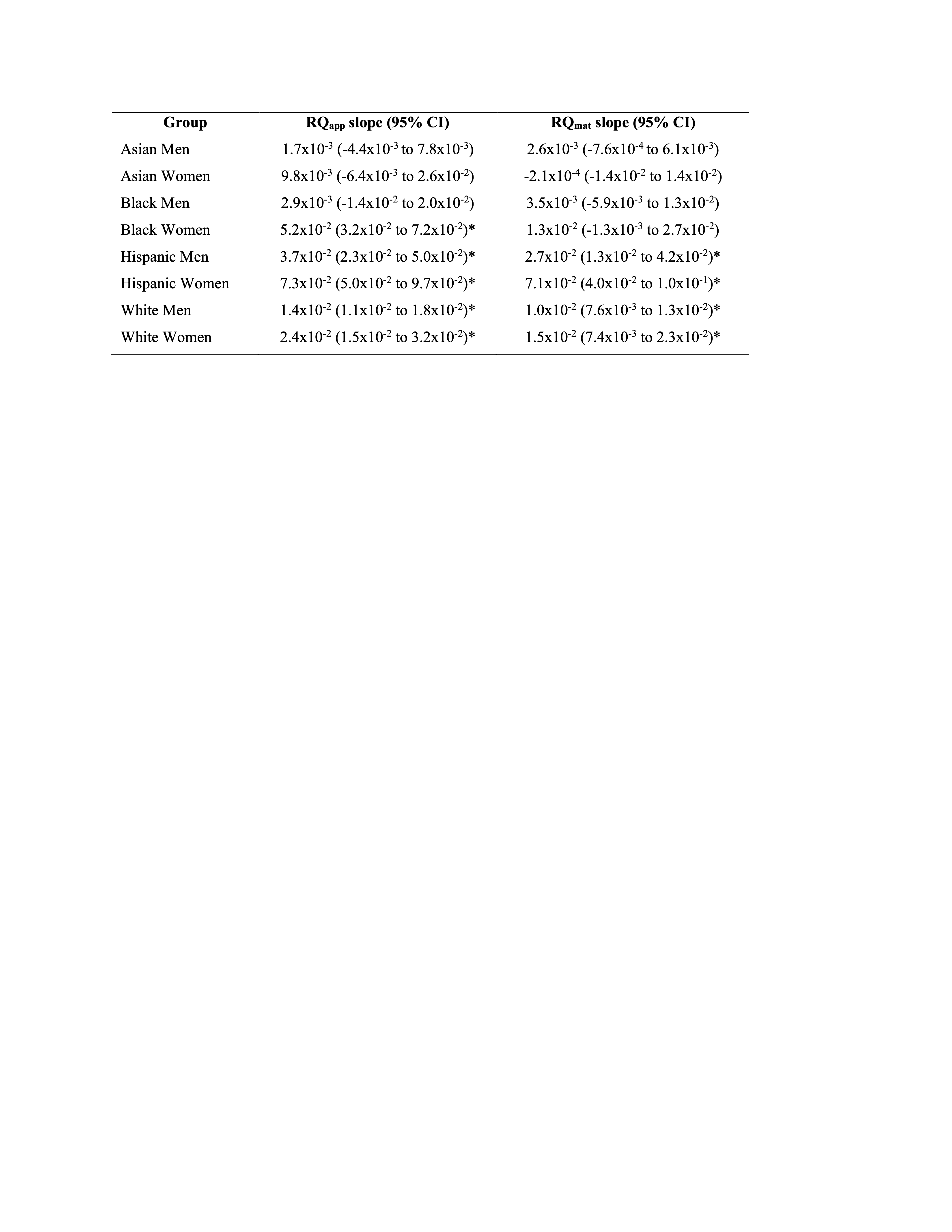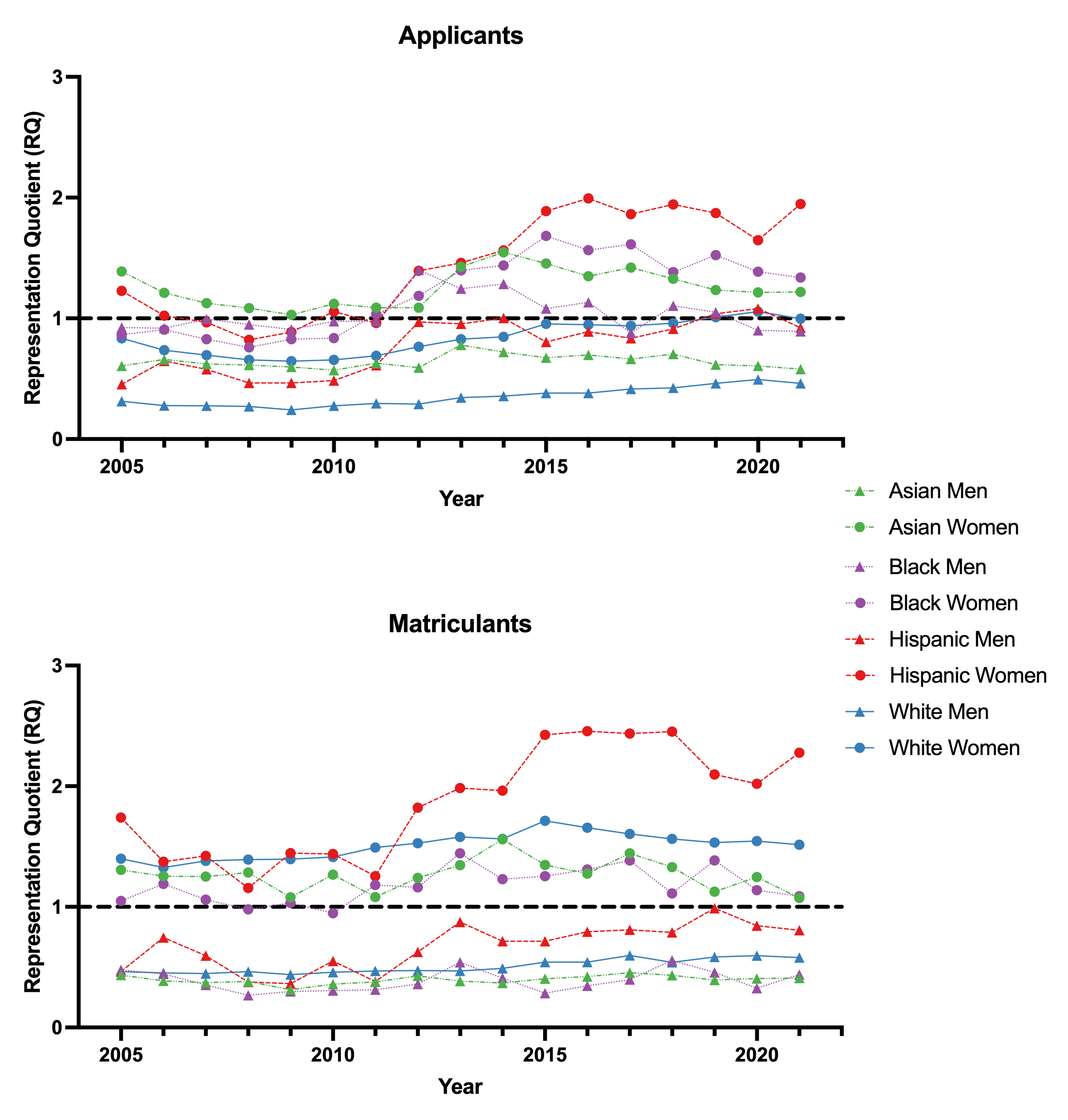Medical Education: Diversity, Equity & Inclusion
Medical Education 8: Diversity, Equity, & Inclusion 2
568 - Trends in racial/ethnic and gender representation among pediatrics applicants and matriculants from 2005–2021
Publication Number: 568.23

Swata K. Alagar, BA
Medical Student
The Warren Alpert Medical School of Brown University
Providence, Rhode Island, United States
Presenting Author(s)
Background:
Racial and gender diversity among physicians is required for equitable patient care. Provider-patient racial concordance is known to have positive impacts on patient outcomes and overall satisfaction. Studies examining racial/ethnic and gender representation trends among pediatricians use absolute counts to measure diversity progress over time. This approach fails to account for the impact that earlier stages of medical training have on pediatric residency diversity; the residency population cannot be any more diverse than the population that precedes it. New statistical approaches may better contextualize assessments of resident diversity over time.
Objective:
The purpose of this study was to use representation quotient methodology to assess representation trends among pediatric applicants and matched residents.
Design/Methods:
Reports on race/ethnicity and gender for medical school graduates and pediatrics residency applicants and matriculants were obtained from the AAMC for years 2005–2021. Self-reported races include Asian, Black, Hispanic, and White; genders included men and women. The proportion of each racial/ethnic and gender group among residency applicants and matriculants were divided by their proportion in medical school graduating classes to produce representation quotients for applicants (RQapp) and matriculants (RQmat). An RQ @1 indicates equitable representation compared to the medical school population; RQs >1 or < 1 indicate overrepresentation and underrepresentation, respectively. Linear regressions were used to assess for changes in RQ over time. Mann-Whitney U tests of RQ averages were used to assess differences in RQapp and RQmat within groups. Tests were two-tailed with p< 0.05 being deemed significant.
Results:
Women who identified as Asian (RQapp 1.26), Black (RQapp 1.21), or Hispanic (RQapp 1.44) were overrepresented among applicants on average. Asian men (RQapp 0.64 vs. RQmat 0.40; p< 0.001) and Hispanic men (RQapp 0.77 vs. RQmat 0.67; p< 0.001) had statistically less matriculant representation compared to applicants. Black men had the largest decrease in representation when comparing applicants to matriculants (RQapp 1.04 vs. RQmat 0.39; p< 0.001). Individuals who identified as Hispanic or White had significant increases in RQapp and RQmat over time (Table 1 and Figure 1). Racial minorities and men have experienced improved representation in pediatrics over time but remain underrepresented in the field overall. Programs should continue to prioritize implementation of DEI initiatives.
Conclusion(s): 

